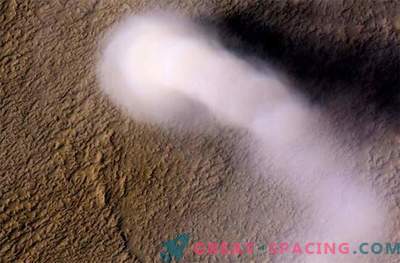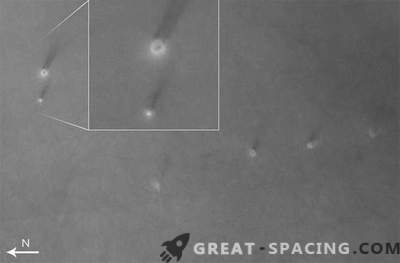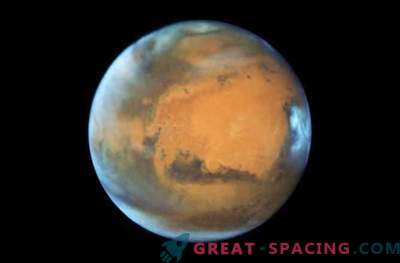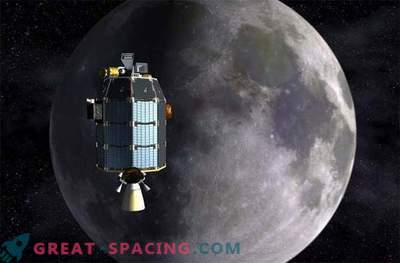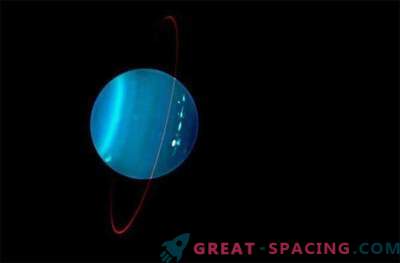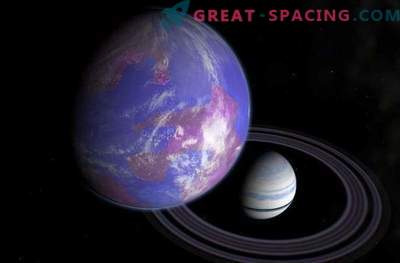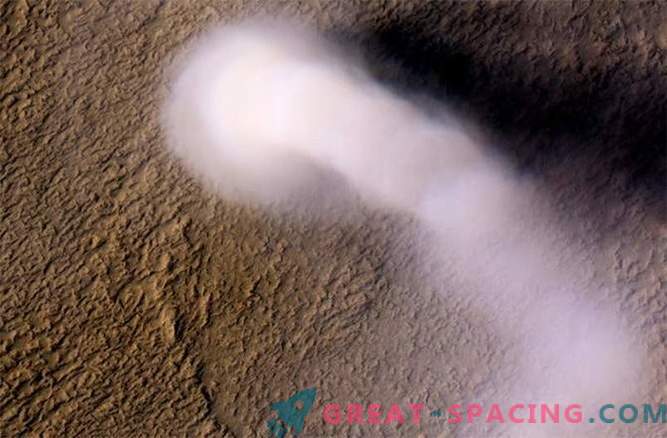
As seen in this image, made by a high-resolution camera Imaging Science Experiment (HiRISE), a huge tornado rises above the surface of Mars on the plain of Amazonis Planitia. The dust pole reaches a height of 12 km, although it is only 140 meters in diameter.
The atmosphere of Mars is often regarded as unchanging and cold, but according to recent studies of the eolian processes of the Red Planet, this is far from being the case.
Eolian or windy processes dominate the entire Martian landscape. When observed from space, these aeolian structures fascinate scientists as well as the vast fields of dunes. But another atmospheric phenomenon persistently studied by Mars' orbiters is dust whirlwinds, which often leave their mark in the form of dark curvilinear dust channels.
Nowadays, scientists are beginning to understand how these dust vortices can grow to the size of tornadoes on Earth, and how they can affect the Martian atmosphere.
"In order for a tornado to form on Mars, you need convection, that is a strong upward flow," said researcher Bryce Williams of the University of Alabama in Huntsville at a meeting of the American Geophysical Union in San Francisco last week.
On Earth, dust tornadoes are small meteorological phenomena that occur when the surface is heated by sunlight. Gradually, the air above this surface also heats up, generating convection. This convection on a windless day can generate a swirling vortex several hundred meters in height. By such phenomena on Mars can eclipse the dust tornadoes on Earth, as they can reach up to 12 miles in height and exist over a long period of time.

Two images were taken with a difference of 4 years. Dark lines - traces of dust tornadoes.
"We are carefully studying the relationship between convection and surface turbulence in order to find a middle ground," added Williams. "Whirlwinds on Mars are more easily destroyed due to dissipation of friction, therefore, two times more convective upward flow is needed than on Earth."
This conclusion was reached after studying the meteorological data of Australian dust tornadoes and comparing these results with observations made by NASA’s Viking Lander mission.
This study is much more than the mere curiosity of scientists. Given the atmosphere of Mars, whose density is only 1% of Earth's, dust has a significant impact on the climate of the planet.
Martian air is so thin that dust has a large effect of the distribution of energy in the atmosphere and on the surface. During the day, dust in the Martian air reduces the amount of sunlight that would otherwise heat the surface. Thus, understanding how these dust vortices redistribute dust in the Martian air will help us more accurately build a climate model of Mars.
